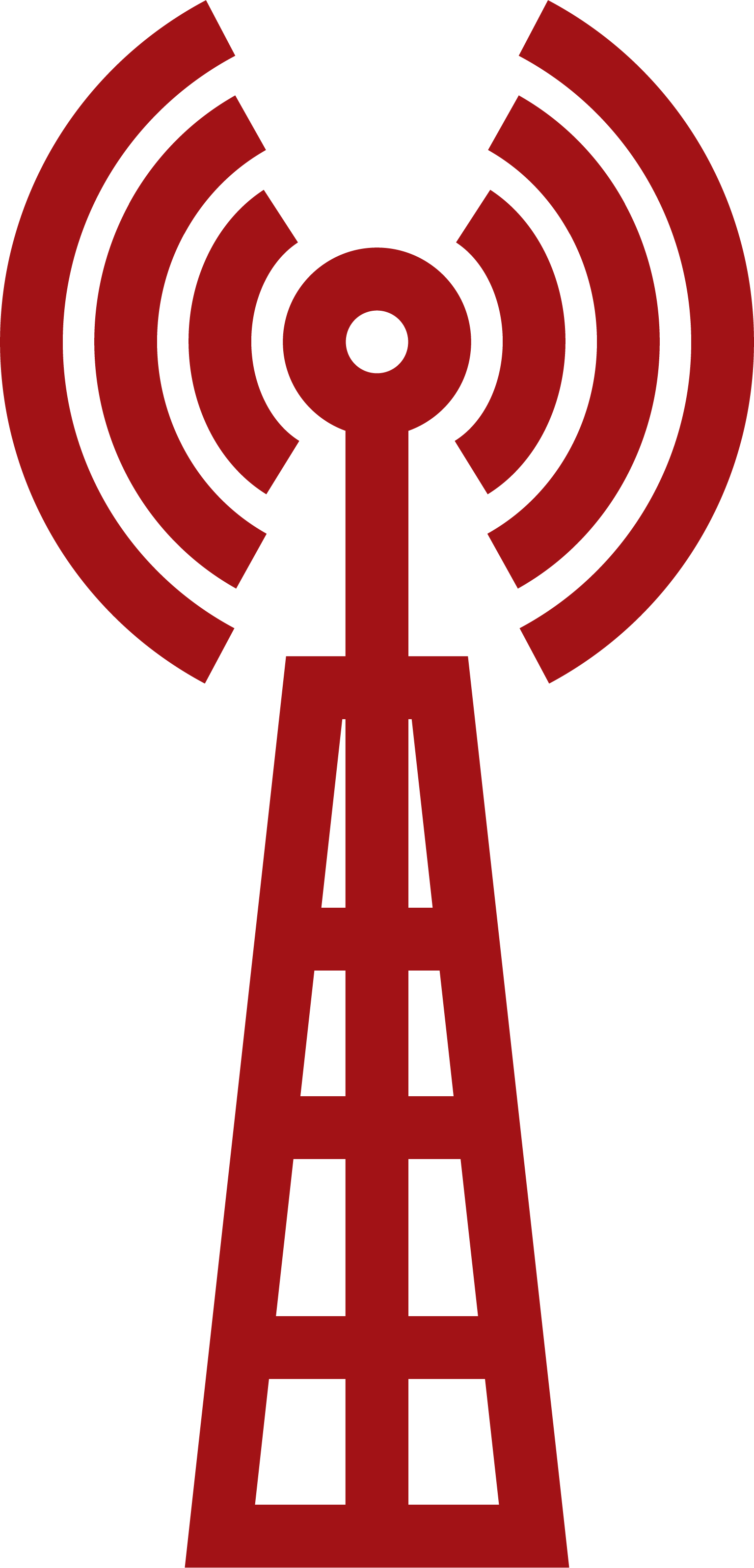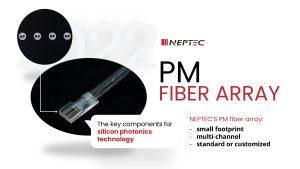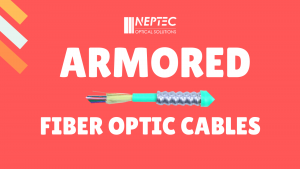BEAM is Neptec’s product line specifically tailored for high-power optical
systems.
As fiber optic technology continues to progress, industries are finding new ways to
utilize high power fiber optics. Many of these applications require absolute precision and
accuracy, while still delivering high power output and minimal damage to the
surrounding area. In manufacturing, high-power lasers are used for precision marking,
cutting, cleaning and even welding. In scientific applications, high-power lasers are used
for atom trapping, LIDAR, precision micromachining and much more. Medical
applications include, high-power lasers are used for precision surgery, cauterization,
and corneal ablation. Finally, the military uses high-power lasers for laser guided
weapons systems, target designation, range finding, and even laser weapon systems.
Neptec’s range of custom high-power fiber components are essential for generating and
transmitting high-power laser beams. From pump combiners, mode field adapters, and
cladding power strippers, to MOPA, Ultrafast, and Picosecond Pulsed fiber lasers,
Neptec provides products and solutions for any high-power optical fiber application.













